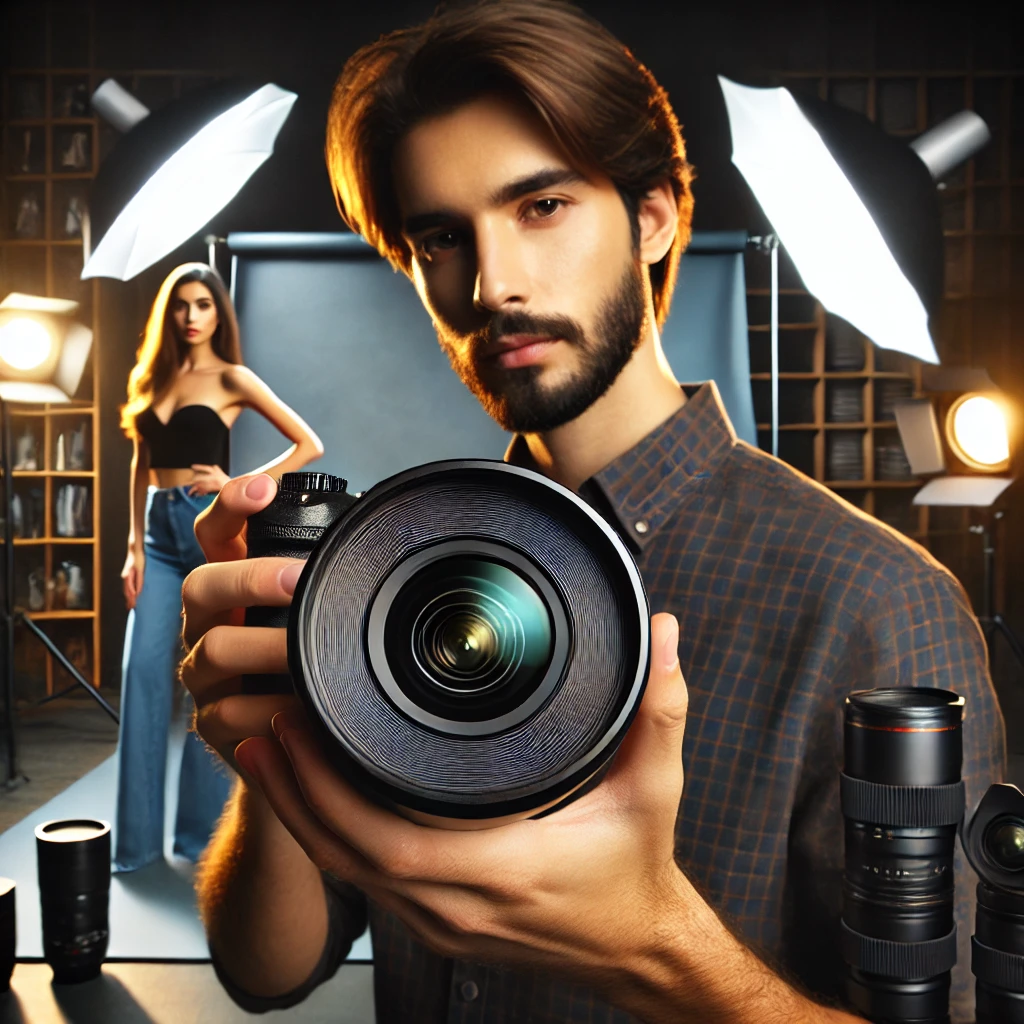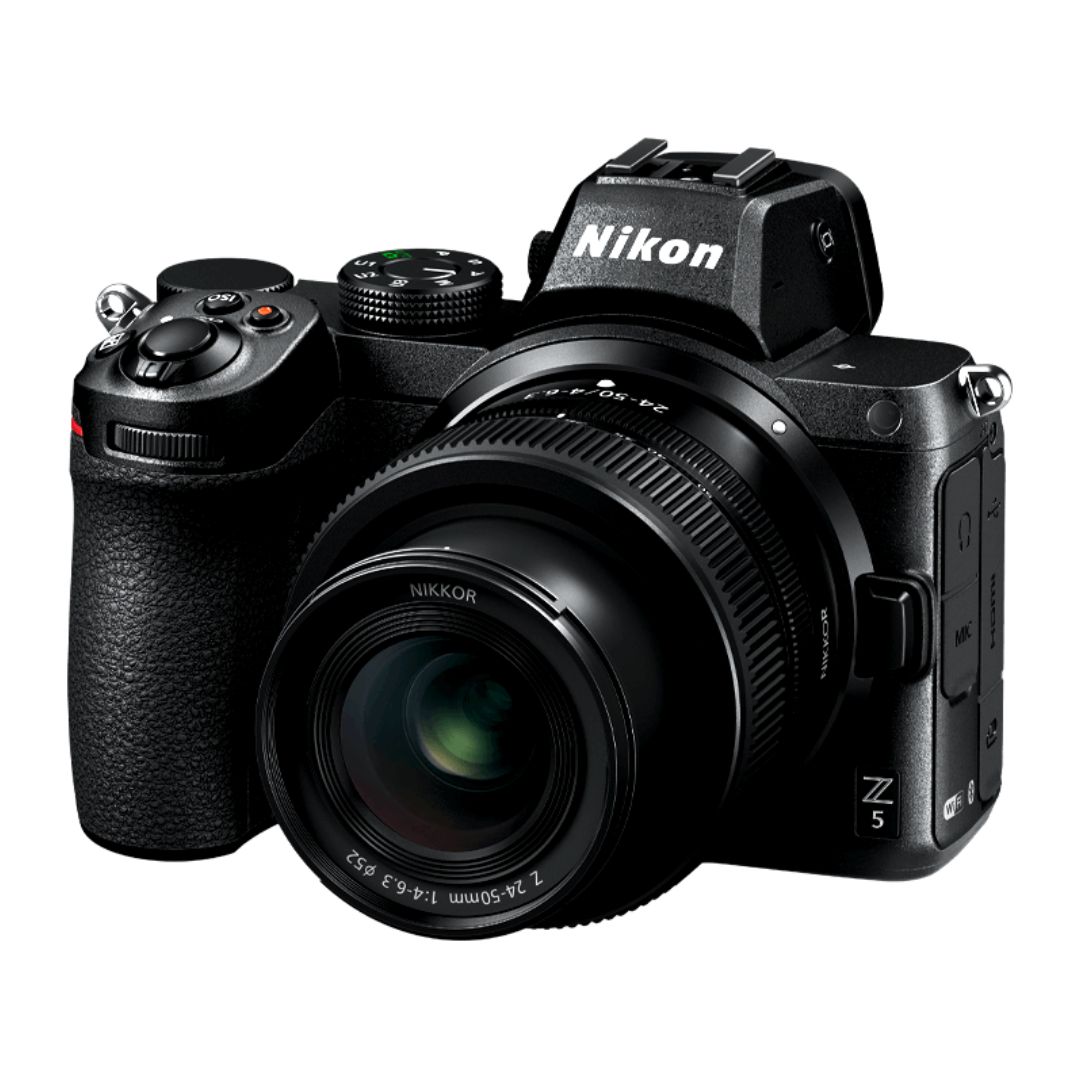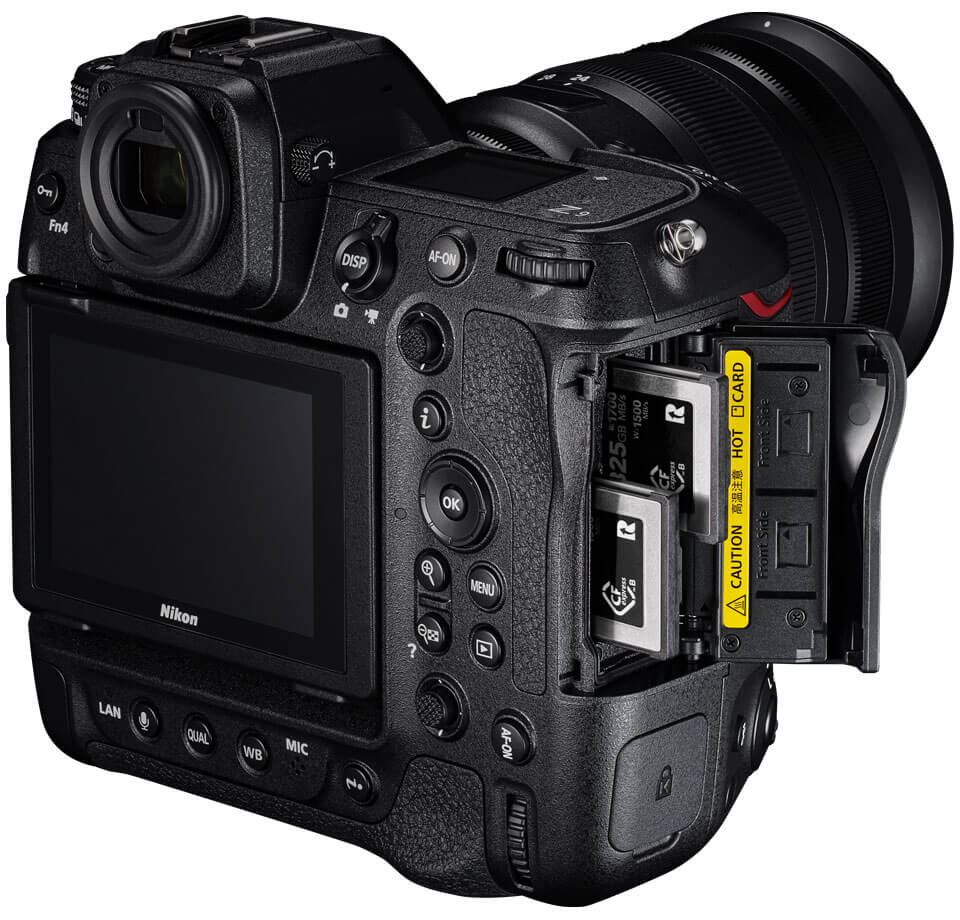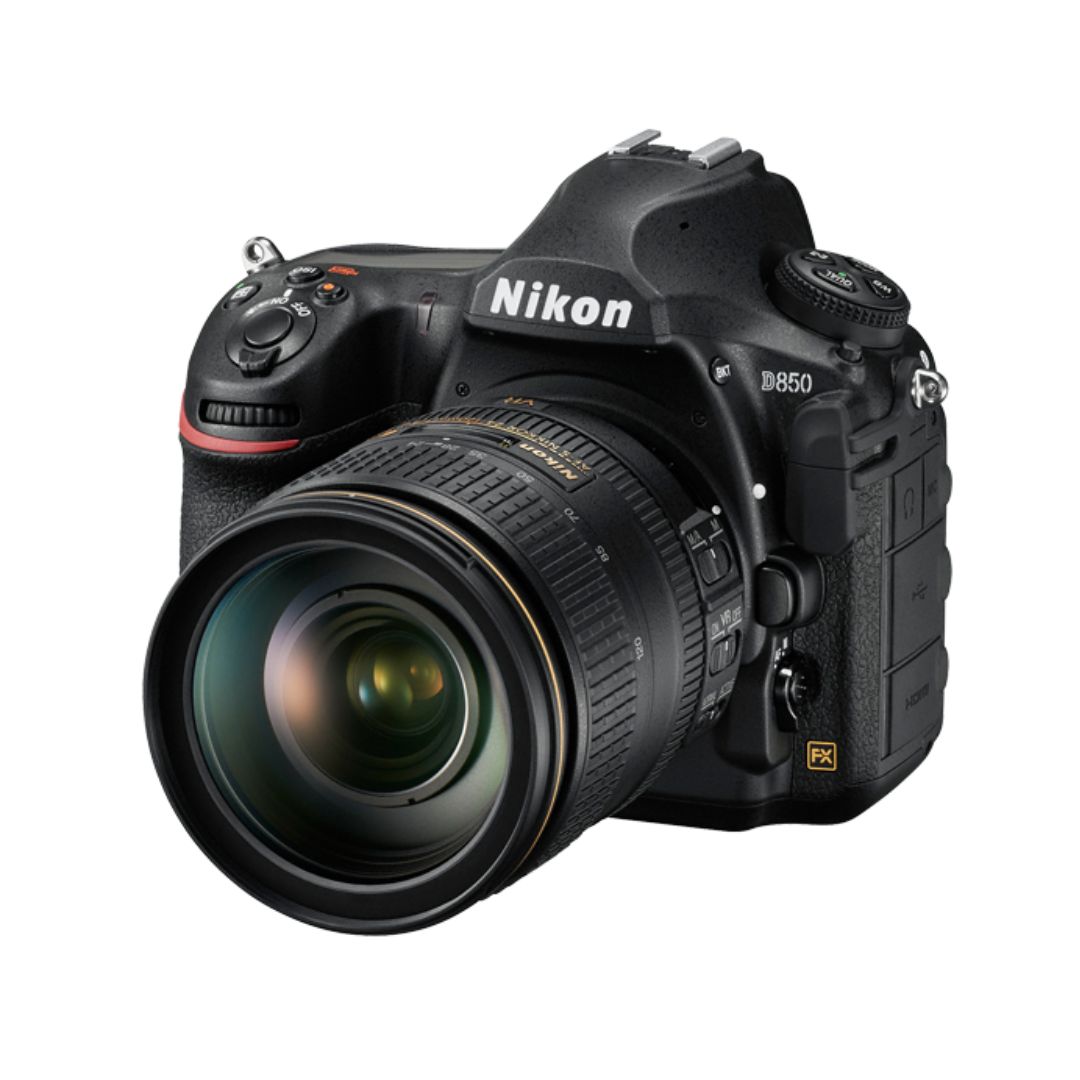Portrait photography is an art form that relies heavily on the right lens choice. Whether you’re shooting in a studio, outdoors, or in natural light, the lens you use significantly impacts the final look and feel of your portraits. Selecting the best lenses for portrait photography requires an understanding of focal lengths, apertures, and the type of camera you’re using. In this guide, we will explore everything you need to know about choosing the right lens to enhance your portrait photography skills.
Why Lens Choice Matters in Portrait Photography
A portrait lens does more than capture an image; it defines the depth, sharpness, and overall aesthetic of the shot. The right lens can help create flattering backgrounds, produce beautiful bokeh, and bring out the best in your subject. Here’s why selecting the perfect lens is crucial:
- Depth of Field Control: A good portrait lens lets you blur the background and keep the focus on your subject.
- Perspective and Compression: Different focal lengths can alter the subject’s appearance, making them look more flattering.
- Light Sensitivity: Lenses with wider apertures allow more light, enabling low-light shooting.
Understanding Focal Lengths for Portrait Photography
Focal length plays a critical role in determining how your portrait will look. Different focal lengths produce varying levels of background blur, subject isolation, and compression.
1. Standard 50mm Lens – The Classic Choice
A 50mm lens, often called the “nifty fifty,” is one of the most popular choices for portrait photography. Here’s why:
- Natural Perspective: The 50mm closely replicates the human eye’s field of view.
- Affordable and Versatile: Most 50mm lenses are budget-friendly and suitable for different lighting conditions.
- Great for Beginners: If you’re new to portrait photography, a 50mm lens is an excellent starting point.
2. 85mm Lens – The Perfect Portrait Lens
An 85mm lens is widely considered the ideal portrait lens due to its ability to create stunning background blur and flattering facial compression.
- Beautiful Bokeh: The longer focal length allows for smoother background blur, making the subject stand out.
- Flattering Compression: It reduces facial distortion and enhances facial features naturally.
- Ideal for Professional Portraits: Many portrait photographers swear by the 85mm lens for headshots and close-up shots.

3. 70-200mm Telephoto Lens – Versatility and Professional Quality
A 70-200mm lens is a zoom lens that provides flexibility in portrait sessions.
- Adjustable Framing: Allows for different compositions without moving too much.
- Excellent Subject Isolation: The longer focal length helps separate the subject from the background effectively.
- Best for Outdoor Portraits: Works well in large, open spaces where you can step back and zoom in.
Aperture and Its Impact on Portraits
Aperture controls the amount of light entering the camera and affects the depth of field. For portrait photography, lenses with wide apertures (f/1.2 to f/2.8) are preferred.
Prime vs. Zoom Lenses for Portraits
- Prime Lenses (Fixed Focal Length): Offer sharper images and wider apertures, such as 50mm f/1.8 or 85mm f/1.4.
- Zoom Lenses: Provide flexibility, allowing different focal lengths in a single lens, such as 24-70mm f/2.8 or 70-200mm f/2.8.
Choosing the Right Lens Based on Photography Style
Your choice of lens should align with your preferred photography style:
- Studio Portraits: 85mm or 50mm prime lens for crisp, clean shots.
- Outdoor Portraits: 70-200mm for flexibility and background compression.
- Environmental Portraits: 35mm or 50mm lens to capture more background details.
Conclusion
Selecting the best lenses for portrait photography depends on your creative vision, shooting environment, and budget. Whether you prefer a 50mm for versatility, an 85mm for professional portraits, or a 70-200mm for flexibility, each lens has its unique strengths. Understanding the impact of focal length, aperture, and compression will help you make the right choice and elevate your portrait photography skills.
Which portrait lens do you prefer? Share your experiences in the comments!

Sony Alpha a7 IV: The Ultimate Camera for Photography

Nikon Z5 Review: Is It Worth It?
-

Nikon Z9 : Game-Changer for Photography
-

Top Features of Nikon D850 That Make It Ideal for Portfolio Shoots
Sony Alpha a7 IV: The Ultimate Camera for Photography
Explore the Sony Alpha a7 IV in this complete 2025 review. Learn how its pro-level features, real-world performance, and hybrid flexibility make it the ultimate camera for photography across genres like portraits, weddings, travel, and commercial work. Table of Contents Section 1: Introduction – Why the Sony Alpha a7 IV Stands Out The Sony Alpha…
Nikon Z5 Review: Is It Worth It?
In 2025, photographers—whether hobbyists, content creators, or professionals—seek equipment that blends value, performance, and future-readiness. Enter the Nikon Z5, a full-frame mirrorless camera marketed as a gateway to high-end imaging without a flagship price tag. But how well does it hold up under real-world demands like studio shoots, weddings, landscape adventures, and lifestyle photography? In…
Nikon Z9 : Game-Changer for Photography
Discover why the Nikon Z9 is considered a true game-changer for photography. This in-depth Nikon Z9 review explores key features, real-world performance, and how it excels in professional photo shoots in 2025. Table of Contents 1. Introduction The photography world witnessed a significant shift with the launch of the Nikon Z9, a flagship mirrorless camera…
Top Features of Nikon D850 That Make It Ideal for Portfolio Shoots
Discover why the Nikon D850 is the ultimate DSLR for portfolio shoots. Explore its top features—from resolution and dynamic range to autofocus precision and workflow speed—that help photographers create stunning, high-impact images for professional portfolios. Whether you’re a portrait artist, fashion photographer, or visual storyteller, a portfolio shoot demands technical excellence, creative flexibility, and uncompromised…
Candid Moments with Canon EOS R10: Lightweight & Reliable
In the evolving world of mirrorless photography, the Canon EOS R10 stands out as a lightweight yet powerful camera tailored for real-life storytelling. Whether you’re photographing street scenes, family gatherings, weddings, or spontaneous portraits, capturing genuine emotion requires a responsive and discreet tool. This article dives deep into how the Canon EOS R10 excels in…
Bold Portraits with Canon EOS R5: Is It the Best for Work?
Studio photography has always demanded precision, artistry, and impeccable gear. As the expectations for commercial portraits, fashion campaigns, and editorial work continue to rise, the tools we use must evolve. Enter the Canon EOS R5, a camera that has stirred the professional waters with its impressive technical specs and forward-thinking design. In this comprehensive Canon…

